The Wide World of BUTTER!
I just LOVE butter—can’t get enough, in fact. So when I found food researcher, Alexa Hackfort’s, article on all the different kinds of butter in the world, I was fascinated, inspired, and filled with desire to share this with you other butter-lovers in Cook’n Land!
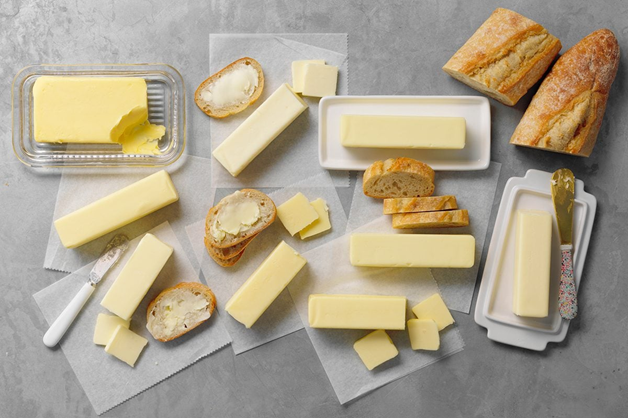
Wouldn’t you agree butter makes just about everything better? I didn’t know, though, that there are more options than salted, unsalted, and Irish. I’ve never seen any other types in my grocery store. Turns out, options abound, and they all have their special characteristics. For instance:
AMERICAN BUTTER: Traditional, stick-shaped and sold in both unsalted and salted varieties. It’s required by the USDA to contain 80% butterfat, giving it a more neutral, milder flavor in comparison to other butter varieties. Unsalted is best used for baked goods and salted enhances the flavor of just about anything else.
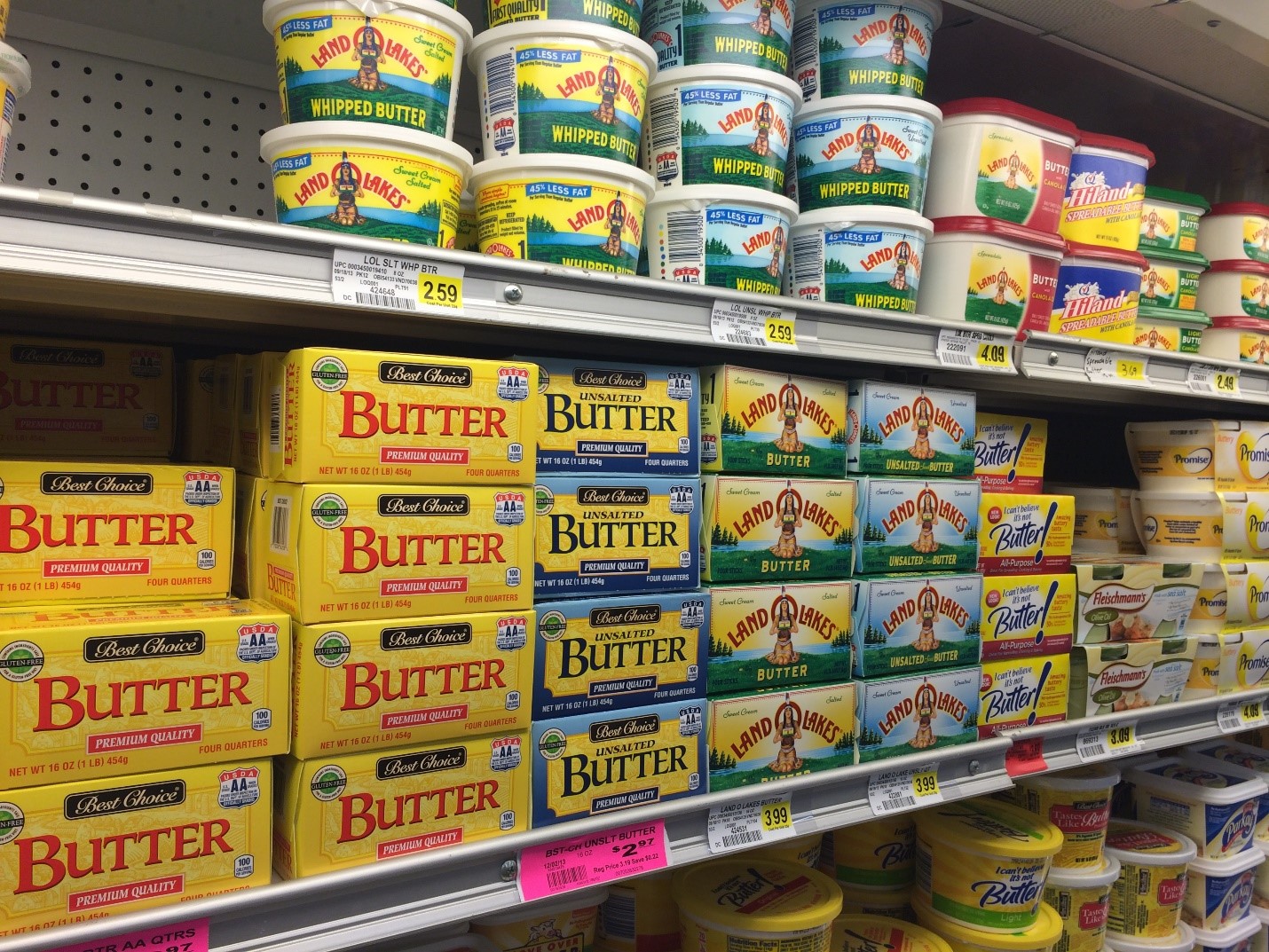
EUROPEAN BUTTER: This is churned longer than American butter to reach 82% butterfat, and those two tiny percentage points make a big difference! Not only is European butter creamier and easier to spread, but it’s also richer and more flavorful. It’s ideal for pastries and pie crusts, where the butter flavor really shines.
IRISH BUTTER: This also has 82% butterfat. Many consider Kerrygold butter, a popular Irish brand, to be a buttery pot o’ gold, and for good reason. Its deep yellow color and rich taste set it apart from other varieties. The secret? Ireland’s lush green fields. The grass is chock-full of beta carotene, which is present in the milk the grass-fed cows produce. It gives the butter its rich color and flavorful taste.
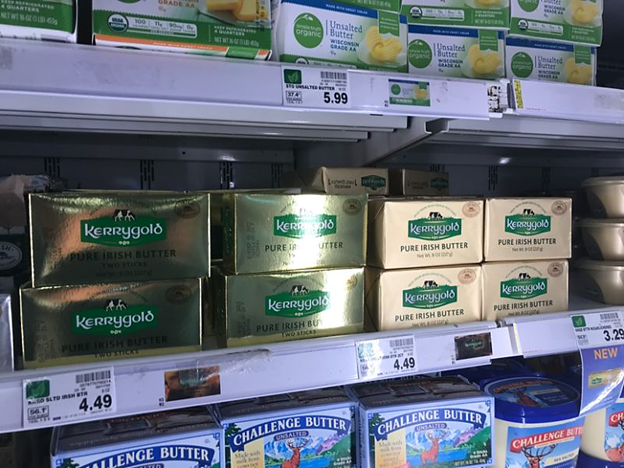
GRASS-FED BUTTER: As the name implies, it’s made with milk from cows that graze on green pastures (in Ireland or anywhere in the world). Grass-only diets create a richer, deeper butter flavor. Besides being more flavorful, research shows it’s healthier than butter from grain-fed cows, whose diet includes hormones and antibiotics. Grass-fed butter is full of healthy fats and fat-soluble vitamins, more omega-3 fatty acids and fewer toxins.
AMISH BUTTER: Traditional Amish butter has a high butterfat content (around 84%), so it’s a lot creamier than European and American butter. The good news? We don’t need to travel to Amish country to get it. Amish butter in most big-box stores in its traditional one- to two-pound log shape. (Payday is next week and I’ll be shopping for this for sure!)
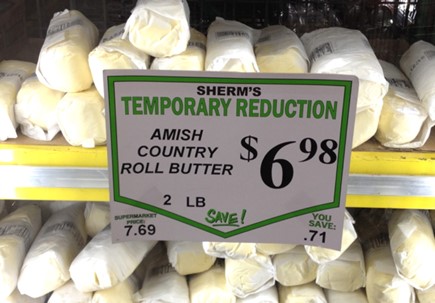
CULTURED BUTTER: Live bacterial cultures are added to the cream and left to ferment before being churned into butter. The slightly fermented cream gives the final product a tangy flavor.
CLARIFIED BUTTER: Butter is composed of three elements: butterfat, water and milk solids. When you clarify butter, you remove the milk solids and water, leaving the butterfat.
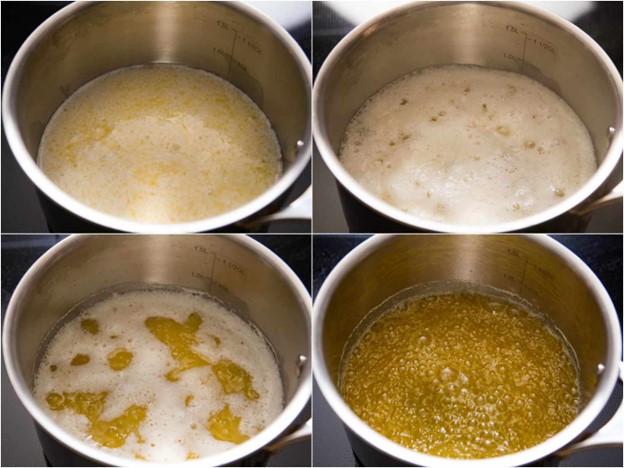
Clarified butters, like ghee, have a higher smoke point, which makes them great for cooking and sauteing.
I’ve never made clarified butter, have you? Alexa says the process is ridiculously easy. So I’ll close with these instructions (from Land ‘O Lakes Butter, www.landolakes.com) and encouragement to give it a try, as well as to explore the wide world of butter. Then let’s report back!
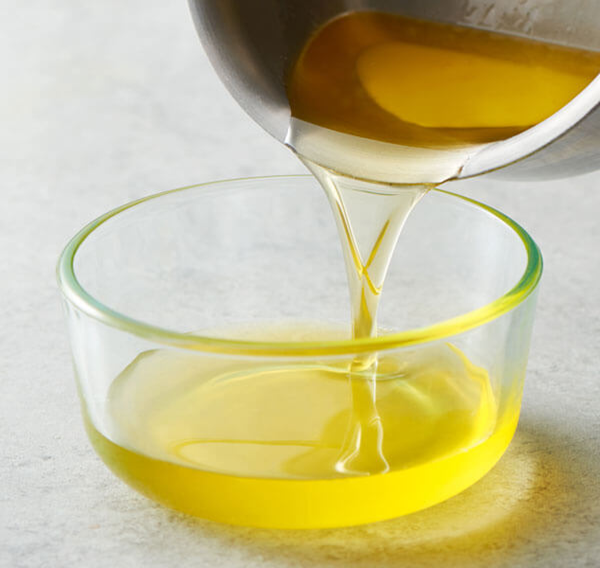

1 cup unsalted butter (salted will work as well)
Directions:
Add Recipe to Cook'n

Wouldn’t you agree butter makes just about everything better? I didn’t know, though, that there are more options than salted, unsalted, and Irish. I’ve never seen any other types in my grocery store. Turns out, options abound, and they all have their special characteristics. For instance:
AMERICAN BUTTER: Traditional, stick-shaped and sold in both unsalted and salted varieties. It’s required by the USDA to contain 80% butterfat, giving it a more neutral, milder flavor in comparison to other butter varieties. Unsalted is best used for baked goods and salted enhances the flavor of just about anything else.

EUROPEAN BUTTER: This is churned longer than American butter to reach 82% butterfat, and those two tiny percentage points make a big difference! Not only is European butter creamier and easier to spread, but it’s also richer and more flavorful. It’s ideal for pastries and pie crusts, where the butter flavor really shines.
IRISH BUTTER: This also has 82% butterfat. Many consider Kerrygold butter, a popular Irish brand, to be a buttery pot o’ gold, and for good reason. Its deep yellow color and rich taste set it apart from other varieties. The secret? Ireland’s lush green fields. The grass is chock-full of beta carotene, which is present in the milk the grass-fed cows produce. It gives the butter its rich color and flavorful taste.

GRASS-FED BUTTER: As the name implies, it’s made with milk from cows that graze on green pastures (in Ireland or anywhere in the world). Grass-only diets create a richer, deeper butter flavor. Besides being more flavorful, research shows it’s healthier than butter from grain-fed cows, whose diet includes hormones and antibiotics. Grass-fed butter is full of healthy fats and fat-soluble vitamins, more omega-3 fatty acids and fewer toxins.
AMISH BUTTER: Traditional Amish butter has a high butterfat content (around 84%), so it’s a lot creamier than European and American butter. The good news? We don’t need to travel to Amish country to get it. Amish butter in most big-box stores in its traditional one- to two-pound log shape. (Payday is next week and I’ll be shopping for this for sure!)

CULTURED BUTTER: Live bacterial cultures are added to the cream and left to ferment before being churned into butter. The slightly fermented cream gives the final product a tangy flavor.
CLARIFIED BUTTER: Butter is composed of three elements: butterfat, water and milk solids. When you clarify butter, you remove the milk solids and water, leaving the butterfat.

Clarified butters, like ghee, have a higher smoke point, which makes them great for cooking and sauteing.
I’ve never made clarified butter, have you? Alexa says the process is ridiculously easy. So I’ll close with these instructions (from Land ‘O Lakes Butter, www.landolakes.com) and encouragement to give it a try, as well as to explore the wide world of butter. Then let’s report back!

Clarified Butter

Ingredients:
1 cup unsalted butter (salted will work as well)
Directions:
1. Melt butter in 1-quart saucepan over low heat, without stirring, 10-15 minutes or until melted and solids separate from fat.
2. Remove from heat; let stand 5 minutes. Skim off foam. Slowly pour off clear yellow liquid, leaving behind the residue of milk solids that has settled to bottom of pan. Cover; store refrigerated.
3. Use clarified butter for frying and sautéing. Use it in place of oil; it works the same, but adds a great buttery flavor.
2. Remove from heat; let stand 5 minutes. Skim off foam. Slowly pour off clear yellow liquid, leaving behind the residue of milk solids that has settled to bottom of pan. Cover; store refrigerated.
3. Use clarified butter for frying and sautéing. Use it in place of oil; it works the same, but adds a great buttery flavor.
Recipe formatted with the Cook'n Recipe Software from DVO Enterprises.
 Alice Osborne
Alice Osborne
Weekly Newsletter Contributor since 2006
Email the author! alice@dvo.com
